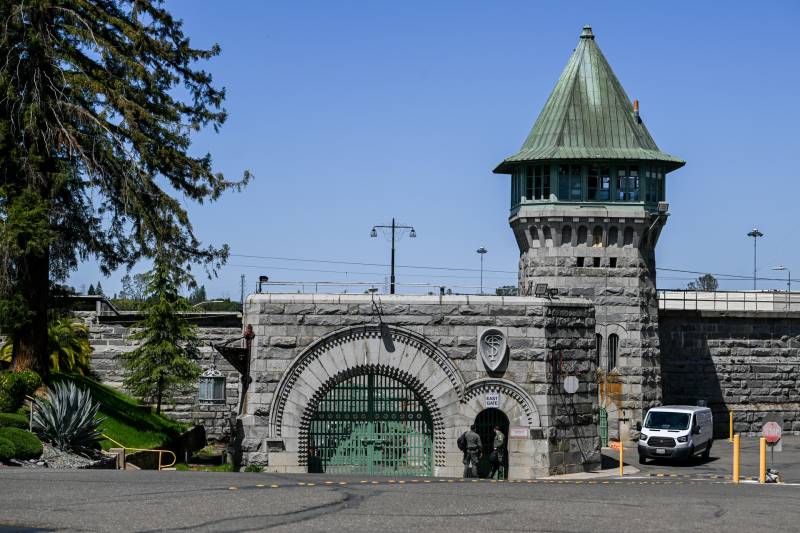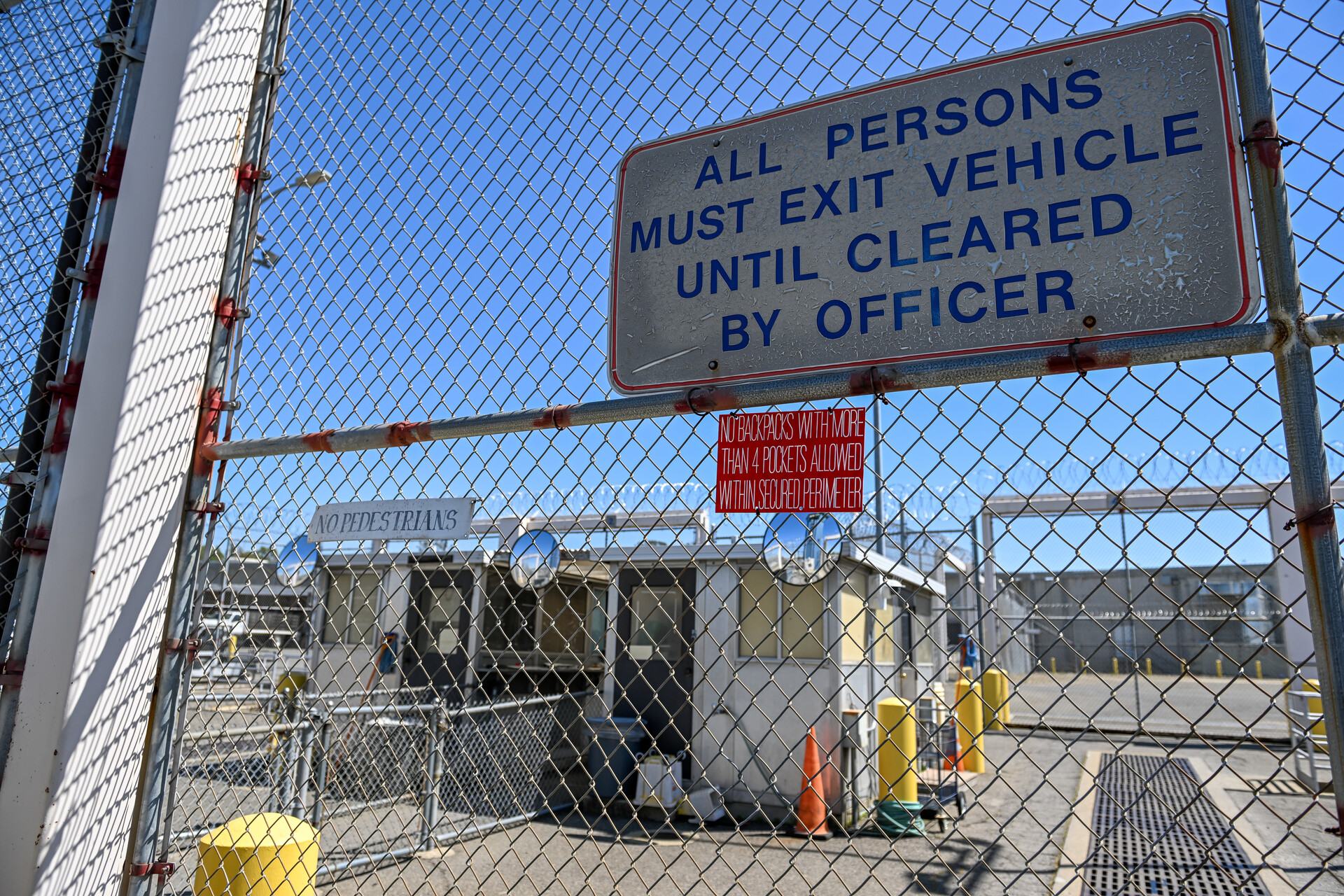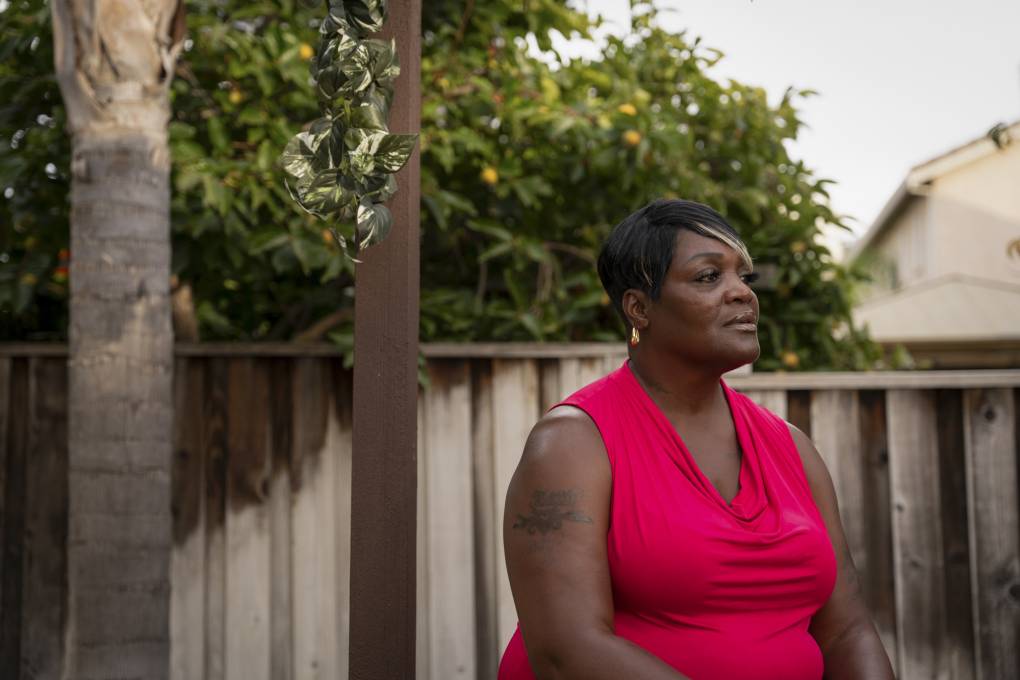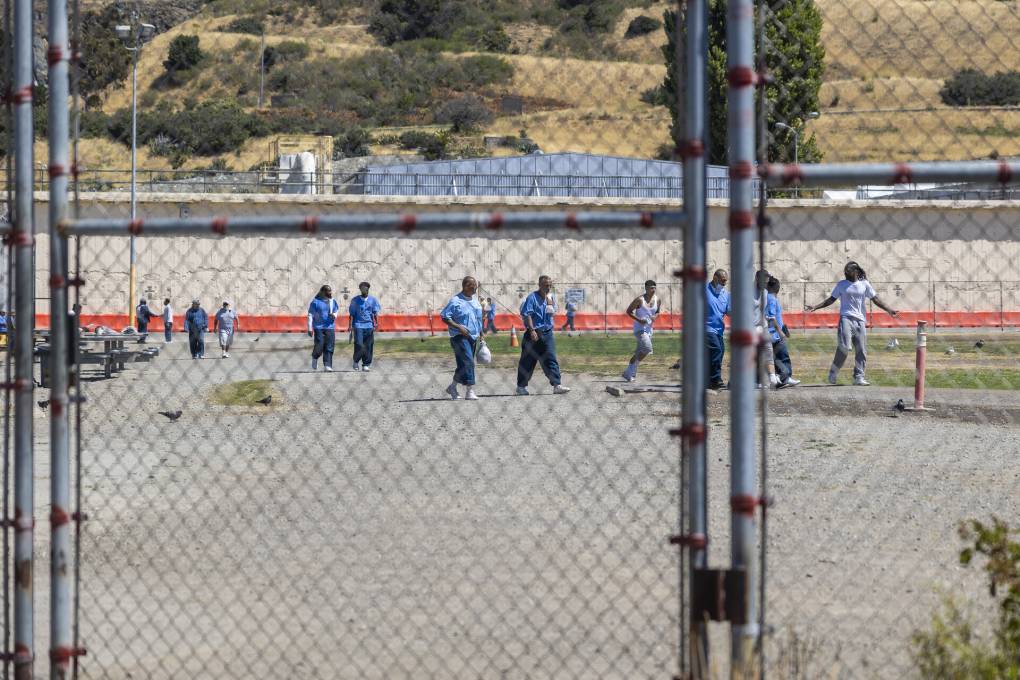The cost of imprisoning one person in California has increased by more than 90% in the past decade, reaching a record-breaking $132,860 annually, according to state finance documents.
That’s nearly twice as expensive as the annual undergraduate tuition — $66,640 — at the University of Southern California, the most costly private university in the state.
California’s spending per inmate jumped steeply during the COVID-19 pandemic, and it continued to increase despite recent cost-cutting moves, including Gov. Gavin Newsom’s recent move to close three state prisons.
It’s propelled by lucrative employee compensation deals and costly mandates to improve health care behind bars, according to fiscal analyses by the nonpartisan Legislative Analyst’s Office. Newsom’s most recent budget proposal includes $18.1 billion for the Department of Corrections and Rehabilitation, up from $15.7 billion when he took office in 2019.
Some lawmakers and advocates have argued California should focus on rehabilitation and shut down additional prisons to save money in the face of what the governor’s office projects to be a $38 billion deficit.



